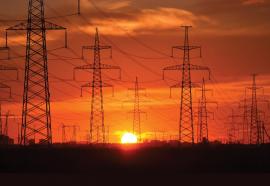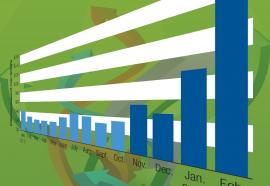Amid Solar Storm, EIA Defends Itself
Energy Dept.’s EIA shines light on accusations its numbers are anti-solar.
This storm has been brewing for awhile. The Energy Department's Energy Information Administration, EIA, is supposedly anti-solar. Indeed, it's anti-renewables.
Even though EIA is chartered to be - and has been - consistently unbiased, as the energy policy debates of the day have swirled around. Even though EIA is an agency of the Obama administration, not known to be anti-renewables.










